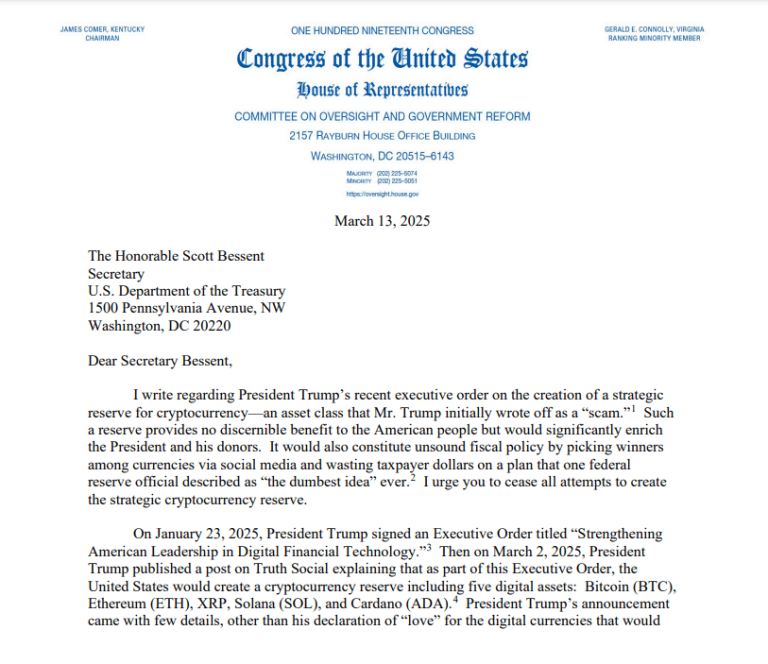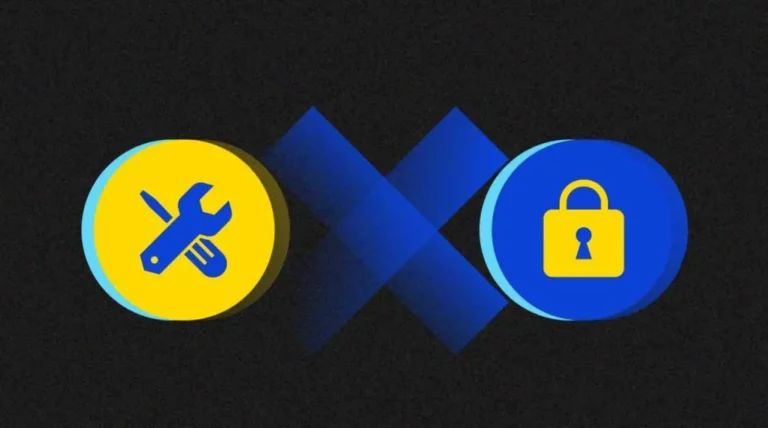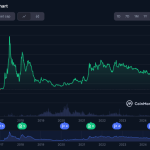The impact of the crypto revolution may go beyond revolutionizing money by also reshaping private credit. Imagine a future where lending to mid-sized businesses or financing infrastructure projects is as efficient and transparent as a decentralized exchange. This is the goal of tokenization, a blockchain innovation that is breaking down barriers in the $1.7 trillion private credit market.
Private credit 101: the invisible engine of global finance
Private credit is a key component of non-bank lending, where institutional players like hedge funds, private equity firms, and specialized lenders provide direct loans to businesses. These loans are tailored for startups, real estate developments, or corporate expansions, offering higher yields compared to public bonds. However, this market has been restricted by traditional financial systems.
Why crypto natives should care
If you are familiar with DeFi’s principles, you will recognize the challenges in private credit, such as locked-up capital, high entry barriers, analog inefficiency, and lack of transparency. Tokenization aims to address these issues by introducing liquidity pools, fractional ownership, and smart contract automation to the private credit market.
Tokenization 2.0: rewiring private credit’s DNA with blockchain
Tokenization can democratize access to private credit by breaking down barriers to entry, unlocking liquidity, and enabling instant settlements at lower costs. However, it also introduces challenges related to regulatory uncertainty, cybersecurity risks, liquidity fragmentation, valuation complexity, operational issues, and interoperability.
Future outlook: the road ahead for tokenized private credit
Despite these challenges, tokenized private credit is gaining momentum and has the potential to redefine the financial ecosystem. Key trends to watch include stablecoins as settlement rails, multichain credit markets, and AI-powered risk assessment. As regulatory frameworks solidify and infrastructure matures, tokenized private credit could become the operating system for a global capital market.









